How To Cure The Chipping Yips
In this video, Golf Monthly Top 50 Coach Dan Grieve discusses how to get rid of the chipping yips
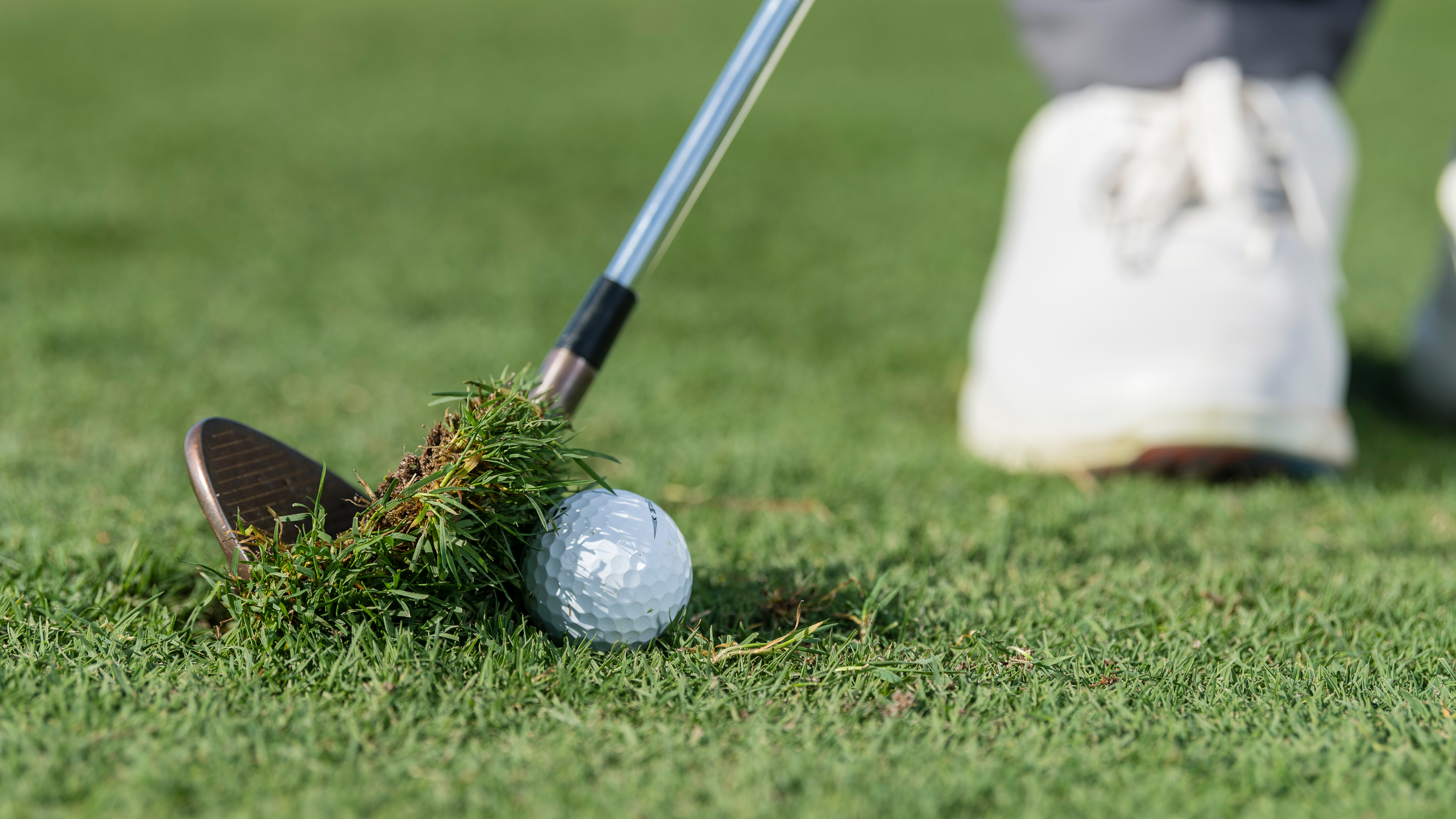
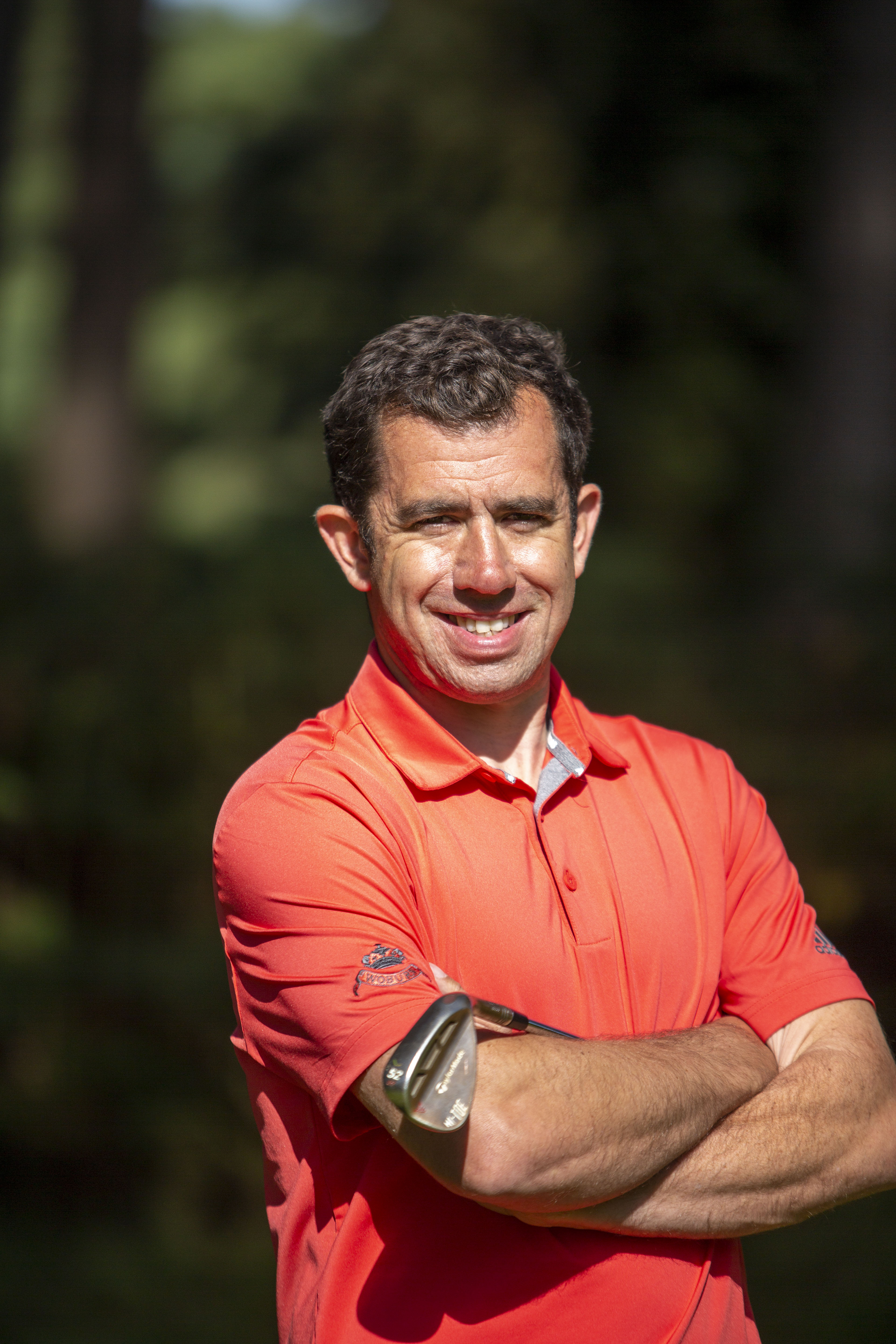
The chipping yips, like the putting yips, are a nightmare for golfers and can really sap the fun out of the game. If you've got them it might feel like there is no end in sight to your suffering, which is why we asked short game guru Dan Grieve to share some tips on how to cure the chipping yips in the video and article below.
The yips have ruined golf for a lot of people, but while it's obviously a hugely mental problem, I truly believe it stems from a physical fault that has crept in and gradually got worse and worse. The result is a fear of the ground that leaves the golfer susceptible to all manner of involuntary movements at impact and likely to duff, thin or even top the ball.
So, while it is mental, let's look at a couple of technical fixes that will help get you on the road to recovery. In my experience, when golfers start making the odd good contact, it starts to rewire the mind to know you can actually physically do it and every good contact is a step closer to getting rid of this awful affliction.
Most yippers have the ball well back in their stance to try and guarantee ball first contact but I want you to move it forward so we can start trying to shallow out the strike.
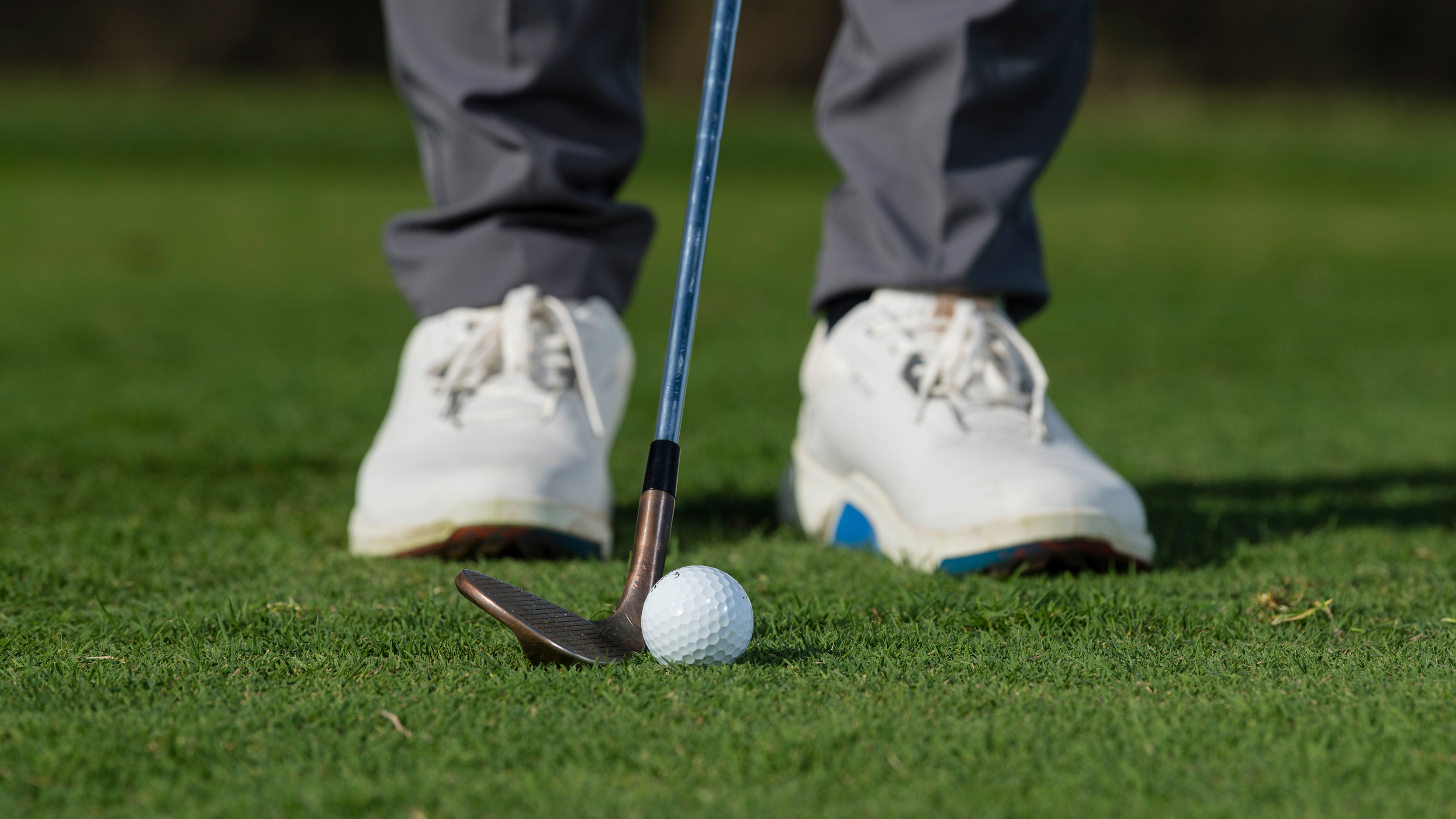
Move the ball position up so it's roughly in the middle of your stance
Generally, what I see is way too much wrist hinge and too much drive coming down into impact, which causes the sharp leading edge to dig into the ground and get stuck. Then what happens is the mind gets fearful of that and reacts very late with the knees or the hands most commonly.
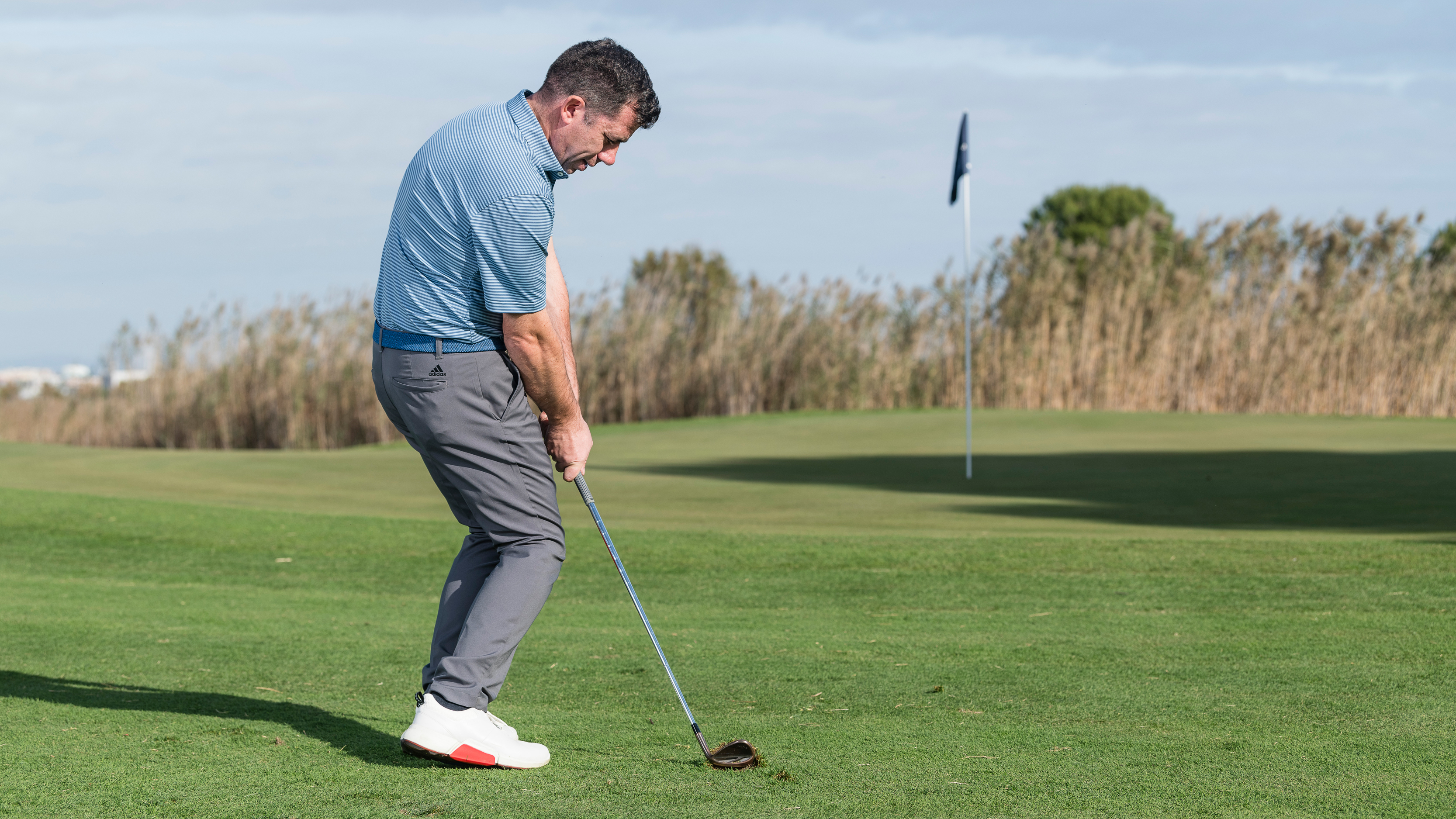
Golfers with the chipping yips often suffer with an unwanted knee movement at impact
We want the bounce to be kept on the wedge throughout the motion, which increases your margin for error. By using the bounce on your wedges properly, you can hit behind the ball and still make good contact.
To do this, you need to keep the width in the backswing by using your chest to turn and reducing how much you hinge your wrists. As you come through, feel like you open your chest gently and like the club is on the ground for a long time.
Get the Golf Monthly Newsletter
Subscribe to the Golf Monthly newsletter to stay up to date with all the latest tour news, equipment news, reviews, head-to-heads and buyer’s guides from our team of experienced experts.
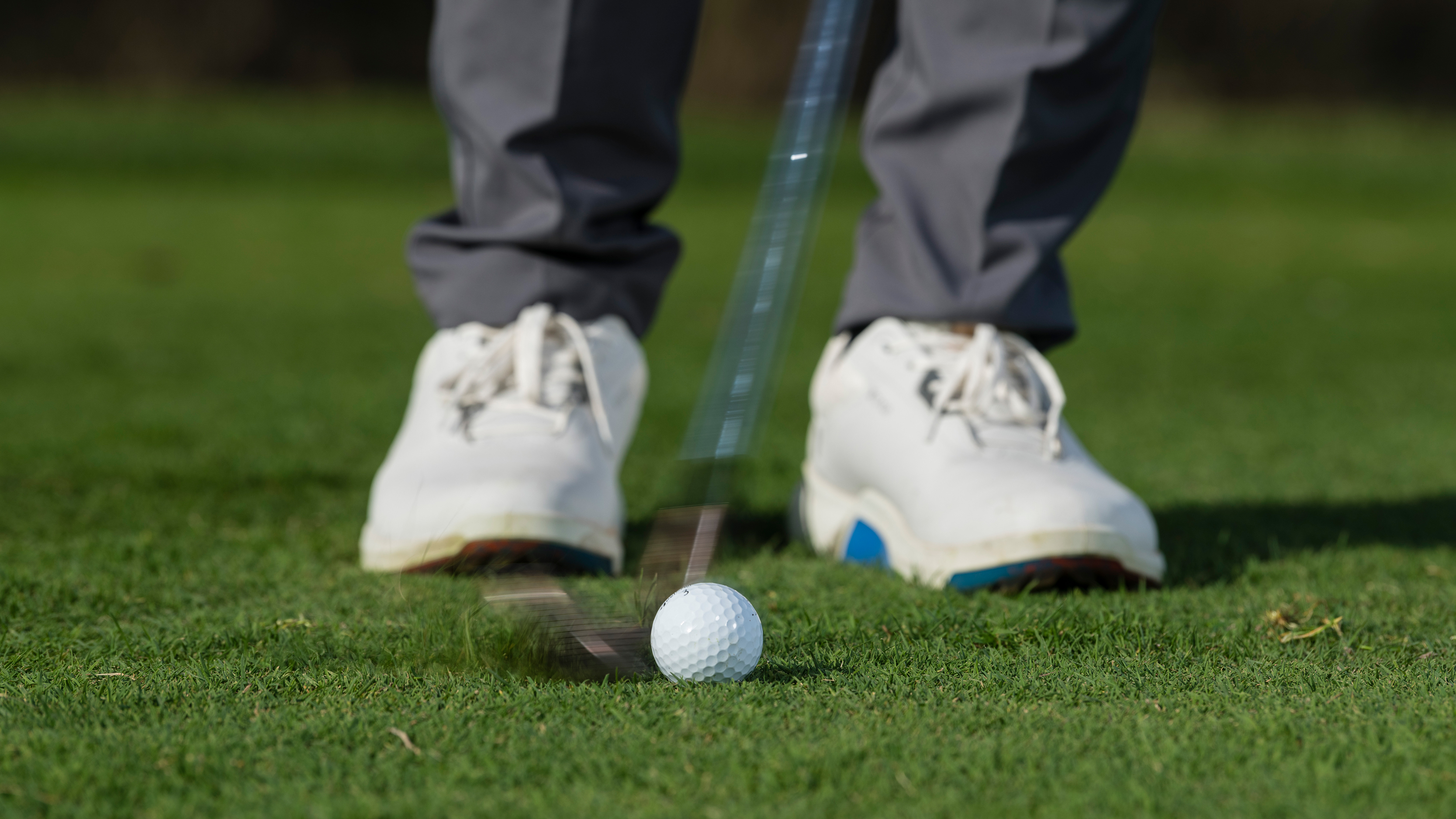
I've brushed the grass well before the ball here, but because I'm using the bounce I still make good contact
If you watch the video above, you'll see how I'm able to make contact with the ground three inches behind the ball and still hit good shots that give me a chance to get up and down.
Try these tips next time you're practising and you'll slowly gain confidence and get rid of the chipping yips for good.

Location: Woburn GC
Dan is one of the leading coaches in the UK, a Fellow of the PGA and a short-game virtuoso. He has had considerable success with a collection of tour pros, helping them to Order of Merit titles and major victories, and his Short Game School is the most attended in the UK. His students, past and present, include Charley Hull, Georgia Hall, Inci Mehmet and Iona Stephen.
Most common problem:
Swing – over the top , help by getting the basics correct at address and making them aware how to get the club online coming down.
Short game – creating spin and feel around the greens, help by educating on what the short game actually is (weak on purpose) and understand bounce and how they can apply it to different lies/situations.
Greatest success story:
Helping Georgia Hall from World No. 450 to No. 6 and winning a Major, two Order of Merits and Solheim Cup appearances.
Greatest teacher:
Alex Hay was a great influence during my first few years at Woburn. In sport more generally Sir Clive Woodward has taught me how to deliver at the highest level.
Most common fault:
Flipped right hand (hands behind the ball). Understand a correct coil/load going back and how to sequence better coming down so the chest opens up and gives the arms space to deliver a stronger impact. Lots of body action drills to enhance the feel, with and without the ball.
-
 JM Eagle LA Championship Prize Money Payout 2025
JM Eagle LA Championship Prize Money Payout 2025The LPGA Tour heads to California for the JM Eagle LA Championship, where the largest prize money payout of the season so far is on the table
By Mike Hall
-
 Corales Puntacana Championship Prize Money Payout 2025
Corales Puntacana Championship Prize Money Payout 2025The PGA Tour’s latest opposite field event features an attractive prize money payout and some former champions in the field
By Mike Hall